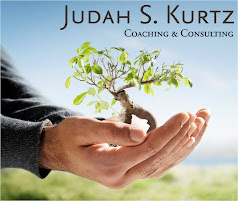Setting intentions, without being attached to the outcome, puts you in a position to consciously choose who you are going to be and what actions you are going to take. Further, you are more likely to achieve whatever it is you are setting out to do with clarity and focus.
Ask yourself these questions:
- Who do I want to be in this situation?
- What actions am I willing to take to help this be a win-win for everyone involved?
- If there is to be an ideal outcome, what would it look like?
- Am I attached to the outcome? If so, how might I let that attachment go?
When I am faced with calling someone to have a difficult conversation, I write down my intentions before I pick up the phone. I put down a few bullet points of what I want to discuss to keep me focused. I write who I want to be in the conversation, such as: generosity, honesty, patience, or listening – depending on what’s needed for this particular situation. And I create a vision in my mind of what an ideal outcome would look like (i.e., we both walk away feeling respected and honored, we have a new opening in our communication, etc.).
I also let go of my attachment to that outcome, so I can be present and open to the conversation going wherever it needs to go. I keep that sheet in front of me so that I can continually bring myself back to my intentions and commitment to who I want to be.
This works for all sorts of situations – not just difficult ones. I set intentions for who I want to be before I have a meeting with someone, give a presentation to a group, go on a date (with caution!), and even when traveling to visit family or friends.
Give it a try. Rather than just reacting with a knee-jerk, you’ll find yourself consciously choosing what you want to create and how you want to respond. If you take the time to practice being clear, present, and intentional, you may just turn an exercise into a habit that can serve you well throughout your life.
"We are what we repeatedly do. Excellence, then, is not an act, but a habit." ~Aristotle






